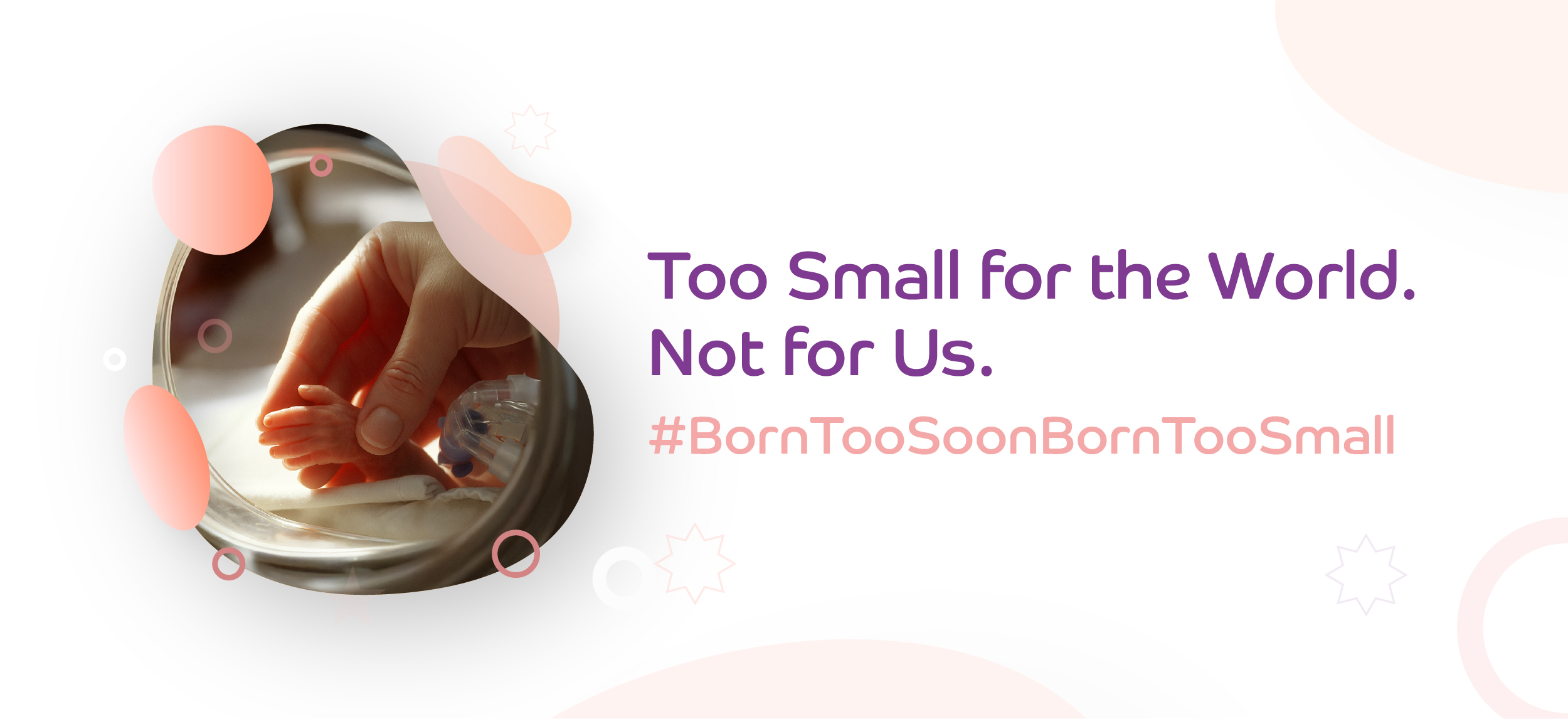Categories
Vaginal Birth After Cesarean: How to Prepare for Success?
Jul 07, 2025
If you have had a cesarean section before and are now pregnant again, you may be wondering if a vaginal birth is possible this time around. The answer is yes, and in many cases, vaginal birth after cesarean (VBAC delivery) is not only possible but also a safe and rewarding option, offering you a chance to experience a successful vaginal birth. At BirthRight By Rainbow Hospital’s, every mother must make informed choices about bringing her baby into the world. VBAC delivery is one such choice, and with the proper preparation, care, and support, it can be a profoundly empowering experience, giving you a greater sense of control over your birthing journey.
Disclaimer:
The information provided in this blog is for general informational purposes only and should not be considered a substitute for professional medical advice, diagnosis, or treatment. Always seek the guidance of a qualified healthcare provider with any questions you may have regarding a medical condition, symptoms, or treatment options. Never disregard professional medical advice or delay seeking it because of something you have read here.
What is Vaginal Birth After Cesarean?
Vaginal birth after cesarean refers to giving birth through the birth canal in a subsequent pregnancy after having had a previous cesarean section. In the past, a popular saying was “once a cesarean, always a cesarean.” But with advances in medical science and better understanding of childbirth safety, many women are now able to have a successful VBAC delivery and go on to have more vaginal births later if they choose to.Why Consider a VBAC Delivery?
There are several potential benefits to choosing a vaginal birth after cesarean, both physically and emotionally. Faster Recovery: Vaginal births generally involve less postoperative pain, shorter hospital stays, and a quicker return to daily activities. Lower Risk Of Complications In Future Pregnancies: Multiple cesareans can increase the risk of placenta previa, placenta accreta, and other severe conditions. Greater Sense of Control: Many women report feeling more involved and empowered during vaginal delivery compared to surgical birth. Bonding and Breastfeeding: With a VBAC, skin-to-skin contact and early breastfeeding initiation are often easier and more immediate. However, VBAC is not a one-size-fits-all decision. The safety and success of a vaginal birth after cesarean depends on many individual factors.Are You a Good Candidate for VBAC Delivery?
You may be a good candidate for VBAC if:- Your previous cesarean involved a low-transverse uterine incision (the most common type)
- There was no major complication during your previous cesarean
- You have no history of uterine rupture or extensive uterine surgery
- You are carrying a single baby in a head-down position
- Your pregnancy is progressing normally without major complications
Understanding The Risks
While VBAC is safe for many women, it does carry some risks, the most serious being uterine rupture, where the previous scar on the uterus opens during labour. Though rare, it is a medical emergency requiring immediate intervention. VBAC should always be attempted in a hospital equipped to handle emergency cesareans if needed. At Rainbow Hospitals, we have the experience and infrastructure to offer safe VBAC deliveries. Our obstetricians, anesthetists, and neonatologists work as a team to monitor labour closely and respond immediately if any signs of distress appear, ensuring your safety and comfort throughout the process.How to Prepare for a Successful VBAC?
Preparation is key to increasing your chances of a successful VBAC. Here are some practical and emotional steps you can take:Choose The Right Hospital And Doctor:
Partner with a maternity center that is experienced in supporting VBAC deliveries. At Rainbow Hospitals, we offer a comprehensive VBAC program that includes personalized counselling, tailored care plans, and a supportive team of healthcare professionals who are dedicated to your safety and comfort.Educate Yourself:
Learn about the birth process, your previous cesarean details, and how your body heals. Attend VBAC-specific classes if available or speak to our childbirth educators for guidance.Maintain a Healthy Pregnancy:
Eat well, stay active, and attend all prenatal appointments. Managing your weight and health conditions like diabetes or high blood pressure improves the chances of a safe delivery.Understand Your Body:
If your cesarean was due to a non-recurring reason like breech baby or fetal distress, your chances of a successful VBAC are higher. Keep track of your body’s signs as your due date approaches.Keep an Open Mind:
While aiming for a VBAC is admirable, stay flexible. Labour can be unpredictable. Sometimes, a repeat cesarean may still be the safest option for you and your baby. What matters most is a healthy outcome.What Happens During a VBAC Delivery?
Your doctor will closely monitor your baby’s heart rate and contractions during labor. Pain relief options are available, including epidural anesthesia. If labour progresses normally, you will deliver vaginally just like any first-time mother. If any signs of complications arise, your team will act swiftly to ensure the best outcome. At BirthRight By Rainbow Hospitals, our VBAC delivery teams remain alert, attentive, and responsive every step of the way. You are never alone. Our priority is to support your decision while putting safety first. Every birth story is different, and so is every mother’s journey. Choosing a vaginal birth after cesarean is not just about the method of delivery; it’s about reclaiming confidence, trust, and belief in your body. We are here to walk with you, support you, and guide you with evidence-based care, empathy, and encouragement. If you are considering a VBAC delivery, speak to our specialists at Rainbow Hospitals to understand your options better. For More Information, to Schedule a Consultation, Please Call:Disclaimer:
The information provided in this blog is for general informational purposes only and should not be considered a substitute for professional medical advice, diagnosis, or treatment. Always seek the guidance of a qualified healthcare provider with any questions you may have regarding a medical condition, symptoms, or treatment options. Never disregard professional medical advice or delay seeking it because of something you have read here.











